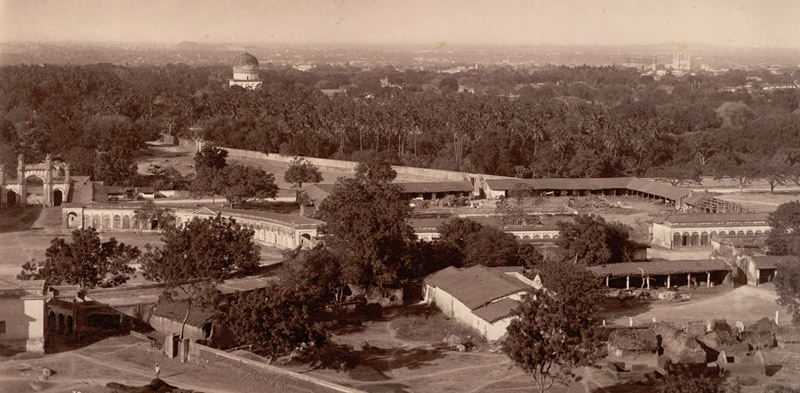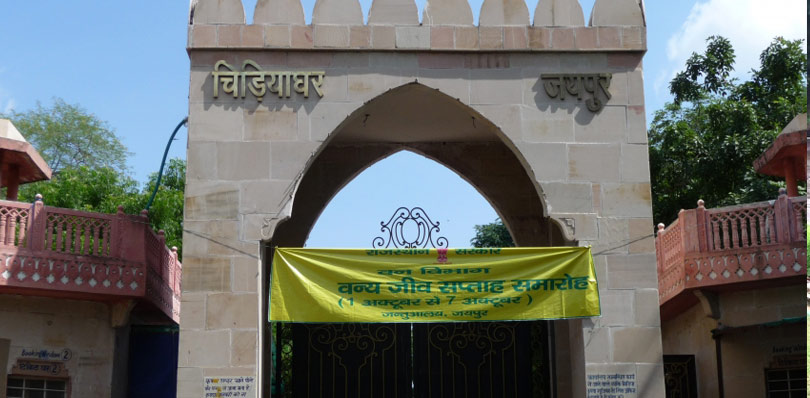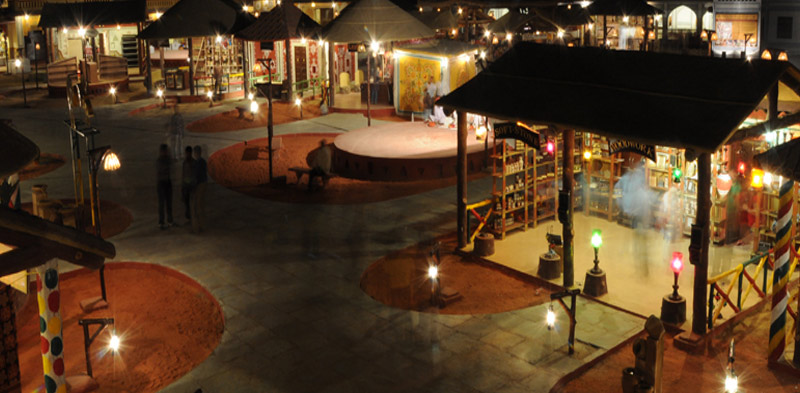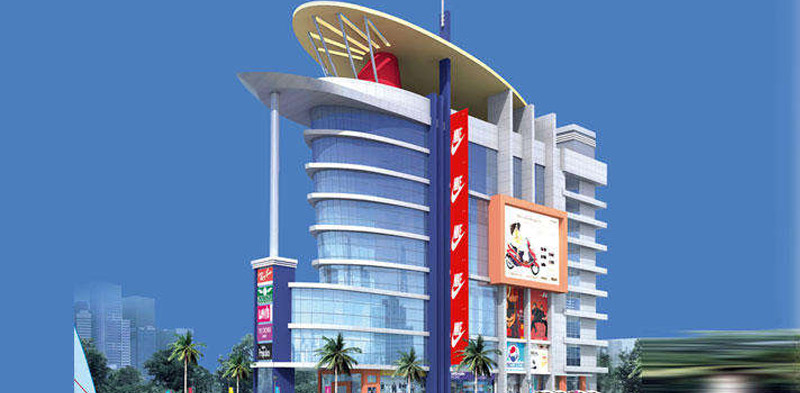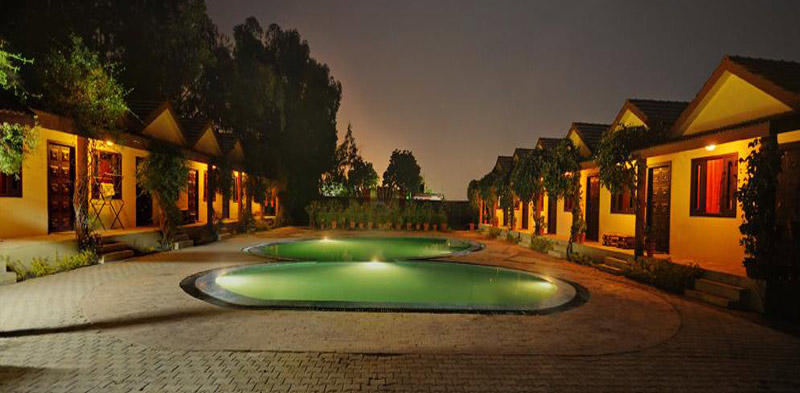Pink City History
Jaipur was founded by Maharaja Sawai Jai Singh in 1727, Maharaja Sawai jai Singh was a Kachwaha Rajput, who ruled from 1699-1744. Initially his capital was Amber city, which lies at a distance of 11 km from Jaipur. He felt the need of shifting his capital city with the increase in population and growing scarcity of water. Jaipur is the first planned city of India. The King consulted several books on architecture and architects before making the layout of Jaipur. Jaipur city designed by architect Vidyadhar Bhattacharya as per Vastu Shastra “Hindu architecture”. Jaipur is full of famous forts, enchanting palaces and lovely temples.
The construction of the city started in 1727. It took around 4 years to complete the major palaces, roads and square. The city was built following the principles of Shilpa Shastra, the Indian Architecture. The city was divided into nine blocks, of which two consist the state buildings and palaces, with the remaining seven allotted to the public. Huge fortification walls were made along with seven strong gates.
For the time, architecture of the town was very advanced and certainly the best in Indian subcontinent. In 1853, Prince of Wales visited Jaipur; the whole city was painted pink to welcome him. Today, avenues remain painted in pink; provide a distinctive appearance to the city.
In the 19th century the city grew rapidly; by 1900 it had a population of 160,000. And in 2001 it’s was 2,324,319
Jaipur Architecture:
Sir Mirza Muhammad Ismail Diwan of Jaipur (1942-1946) joins as the prime minister. The main market of Jaipur has been named Mirza Ismail Road (MI Road). The city was planned according to Indian Vastu Shastra. The directions of each street and market are east to West and North to South. The Eastern gate is called Suraj Pol (Sun), while the Western gate is called Chand Pol (Moon). There are only three gates facing east, west, and north including the Northern gate (known as Zorawar Singh gate) which faces toward the ancestral capital of Amber, while many gates face south.
The Historical places in Jaipur:
Nahargarh Fort - Meaning the Tiger Fort it was built in 1734 AD and provides some stunning views of the city. A royal retreat for the Maharanis, it was also used as a treasury for many year.
Jaigarh Fort - built in 1726 by Sawai Jai Singh, the world's largest cannon on wheels is located here.
Amber Fort - built in the 16th century by Raja Man Singh
Jantar Mantar - by astronomer king Jai Singh's
Hawa Mahal - built in 1799 by Maharaja Sawai Pratap Singh
Govind Dev ji Temple - by Sawai Jai Singh
Swargashuli - by Sawai Ishwari Singh in 1749
Ram Niwas Bagh - by Sawai Ram Singh in 1868
Albert Hall Museum - 1887 AD
Jai Mahal
The City Palace
Galta ji



